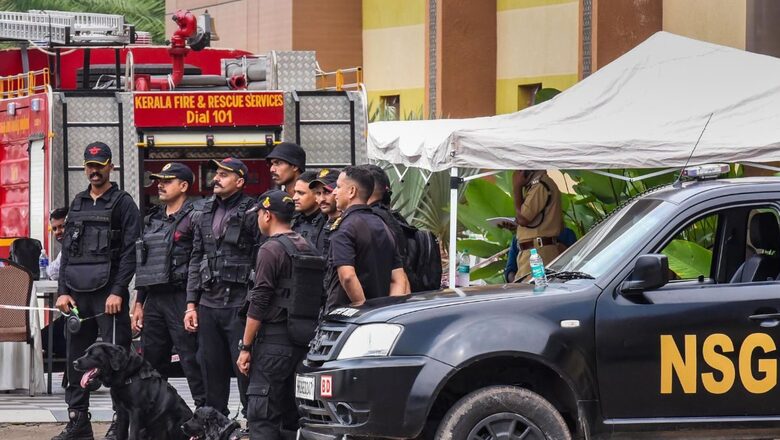
views
The ministry of home affairs has ordered the creation of at least 24,000 deputation reserve posts across three tiers to strengthen the Central Armed Police Forces. The step will also help forces and agencies like the National Disaster Response Force, National Security Guard, other ministries, and intelligence agencies that take officials from the CAPF on deputation.
Last week, the finance ministry gave its nod to the home ministry’s proposal, authorising the creation of the deputation reserve in the Central Armed Police Forces (CAPF) and Assam Rifles.
“The competent authority has sanctioned the creation of a deputation reserve… These orders will be effective immediately upon issuance. Appointments to the sanctioned posts will be made in accordance with the existing recruitment rules (RR) of the respective posts… This decision has been approved by the ministry of finance,” said the MHA order.
According to top officials, this will increase the strength of the forces and widen the scope of promotion. There are a total of 23,958 posts, of which the Border Security Force (BSF) got 6,733 posts, followed by 5,765 for the Central Reserve Police Force (CRPF); 4,764 for the Indo-Tibetan Border Police (ITBP); 2,669 for the Sashastra Seema Bal (SSB); 2,298 for the Central Industrial Security Force (CISF); and 1,729 for the Assam Rifles.
Every force has to secure a number of troops and officers available for deputation under central deputation reserve, said a senior government official.
Officials further said the additional reserve will help send personnel on deputation, while the forces will have a number of troops on deputation over and above the total number of troops.
“The reserves are of four types – probationer reserves, leave reserves, training reserves and deputation reserves. Every organised service normally provides for probationer reserves to cater to the requirements of probation, which direct recruits in the service have to undergo. Probationer reserves cannot be considered part of regular duty posts of a service as they are not intended to perform the service functions. Officers undergoing probationary training are shown against probationer reserves; they do not carry out regular duties associated with the service. The strength of reserve depends upon the size of the normal annual intake through direct recruitment and the period of probation required to be put in by direct recruits,” stated a document by the department of personnel and training (DoPT).
“The other reserves – leave, training and deputation reserves – are intended to serve as substitutes for regular duty posts in the event of service officers holding duty posts being temporarily away from their cadre on leave training or deputation. Officers holding the posts under such reserves do perform regular functions of the posts against which they are posted as substitutes. In this sense, they are only temporary replacements for regular cadre officers currently away for one reason or the other and, as such, the reserve posts do not represent net additions to the cadre. The various types of reserves, including probationer reserves, are usually created in the junior time scale,” the DoPT said.

















Comments
0 comment